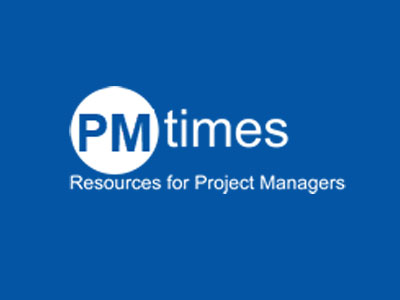While working closely on multiple client projects lately, I noticed that organization (being organized) can make or break a project. I also find that it is an underutilized and underappreciated skill. So if your organization has this skill, leverage it to stand out in the crowd and deliver consistent and reliable project results.
Why does it matter? It tends to be those projects which are organized that are not only realistic and achievable (as this is becoming a significant problem in today’s business environment) but also those that run smoothly without the constant need for firefighting. After all, if the project is organized, each step is defined and each person knows which steps are required and so it’s quite unlikely the project team will have unexpected, significant events occur. It’s for this reason that organized projects can be unappreciated as there is no drama – no fires, few unexpected roadblocks, minimal drama
So, what are some of the keys to success in organizing a project? I’ve found the top three to be as follows:
- Segregation and Categorization – Segregation and categorization can yield substantial results. A friend and colleague and I spent what most would think is an abundance of time brainstorming on how to segregate and categorize – everything (processes, systems, data, people’s traits etc.). It is a really interesting process as, by the end of our session, we had developed something that greatly exceeded our expectations in that a razor-sharp focus and path forward emerged. We considered it to be a bit of a fluke the first time; however, when a trend emerged, we realized our discovery was a gem.By segregating and categorizing we were able to slice and dice the data in various ways to look for patterns, trends, and innovative combinations. We found it to be quite interesting that even when we didn’t expect a result, one emerged. This is by no means a single case, as I’ve seen value in segregating and categorizing in meaningful ways for a very long time. It has emerged as one of my secrets to success across a wide range of categories. For example, I was able to organize information in my mind through this process to succeed in school. Also, I can attribute much of my success in my career to this skill, as the need for synthesizing information is rare yet vital to the success of a project. It also helps in a diverse set of topics from corresponding with friends and family to planning travel.
- Sequencing – Sequencing’s impact on a project’s success is more obvious when the sequencing of tasks is a core project management skill. Yet this skill traces back to organization. Can your project team determine which order to perform tasks in order to achieve the optimal result? Have they reviewed the impacts of various sequencing options for those tasks which are on the critical path and for those which are important? Do they understand the importance to resource loading? For example, on one client project, we found that slight changes in the sequencing of steps would result in exponential efficiencies gained or lost. Who wouldn’t choose the former?
- Lists – Another key element of organization is the ability to develop and organize lists. If it were as simple as it sounds, no one would forget anything and all projects would run smoothly. How often do you see that occur? Not often! Although not easy to implement, the concepts are quite simple. Create the list as you go. Find a way to track ideas and action items as soon as they are brainstormed. It doesn’t matter yet as to the sequence or how to categorize them. Don’t get hung up in those details which can deter from developing the original list. Once you have a solid list of items, you can then go to the next level of detail to organize the list for easier execution.Don’t get caught up in using software to capture your lists unless it truly helps; not hinders your process. The most organized people I know typically use the pen and paper method. Perhaps it’s because there are no distractions and it’s visible – similar to one of the core concepts of lean. Just capture as you go and organize later – it’s as simple as that. By performing these two steps in this vital order, I’ve found it delivers significantly improved results when it comes to executing the lists.
Since organization can not only make or break your project, it can also simplify and makes it easier to succeed. Why not give it a try? In my experience in working with hundreds, if not thousands of projects, those that are organized have an 80% greater chance of success!
Published in “Project Times” website, August, 2010
Click here for original article.



